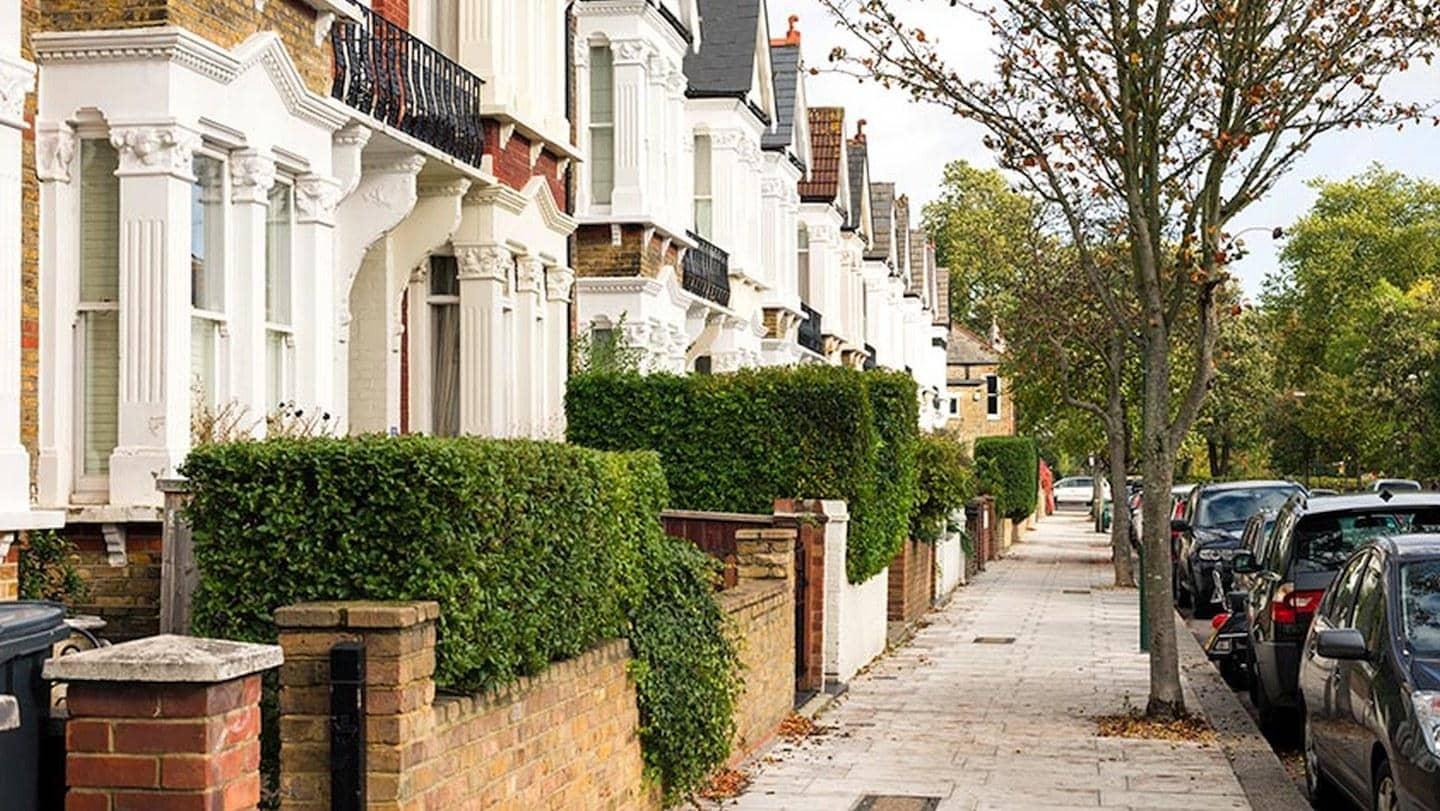
Barclays Mortgages reveals over five million homeowners are living in multi-generational houses
Barclays Mortgages has today revealed how three in ten homeowners are now living in intergenerational homes, with likely causes being millennials moving back in with their parents and an increasingly ageing population.
- Five million (three in ten) homeowners continue to live with adult family members
- Barclays Mortgages research reveals the lengths that homeowners go to when adapting their properties to accommodate family members
- 23 per cent of homeowners have converted living space into additional bedrooms to meet expanding needs within the last two years alone
- Londoners are most likely to live in a multi-generational home with 35 per cent currently in this situation.
On average, 23 per cent of homeowners have converted living space into an additional bedroom, with a quarter of respondents making these adaptations within the last two years. With 2.4 million* 20 – 34 year olds living with their parents (an increase of 19.48 per cent since 1997), it’s no surprise that homeowners are looking to adapt their homes to create more space for their adult children to live with them under the same roof.
Hannah Bernard, Head of Barclays Mortgages, said: “As more of us are living with several generations under one roof, it’s interesting to see how, as a nation, we are adapting our properties to the changing needs of our homes. If you live in a multigenerational home or expect to in the future, it’s important to think about whether you need more space in a new property or if you can simply adapt your home to suit your needs.
“We understand the factors that need to be considered in these circumstances and want to help families stay in control of their finances as they plan for a change in their home – whether it’s a big move, a re-mortgage or home improvements.”
Alongside bedrooms, building outhouses in the garden, ground floor bathrooms and step-free access to the home were all noted as necessary improvements when living in an intergenerational household. The latter changes are becoming increasingly important, with 1 in 10 homeowners expecting that they will one day be taking care of their elderly parents in their home.
Across the country the amount of intergenerational families differs, with more people living with adult relatives in cities such as London or Birmingham, with increasing housing costs likely to be a contributing factor. Elsewhere, East Anglian residents are the least likely to live with adult family members. Property prices holding firm in city centres and dropping elsewhere is thought to be a key factor in this national split.
Full regional breakdown:
Table 1: Percentage of homes in which more than one generation lives (excluding children under 18):
RANKING |
REGION |
1. |
London (41 per cent) |
2. |
West Midlands (33 per cent) |
3. |
North West (28 per cent) |
4. |
Yorkshire and the Humber (26 per cent) |
5. |
Scotland (26 per cent) |
6. |
Northern Ireland (25 per cent) |
7. |
Wales (24 per cent) |
8. |
East Midlands (23 per cent) |
9. |
South West (23 per cent) |
10. |
East Anglia (21 per cent) |
With the added stress that living with adult family can bring, it’s no surprise that 23 per cent have created a dedicated mindfulness space to calm themselves down. De-stressing is not the only cause for concern however, as more than one in seven have made adaptations to their properties with social media in mind, following the latest hashtags to stay on trend.
For further information on Barclays mortgages visit www.barclays.co.uk/mortgages
Notes to editor
Consumer research was conducted on behalf of Barclays Mortgages by One Poll in August 2018 and March 2019, with a sample size of 2,000 homeowners.
*See original source from Civitas (PDF 483KB)
Barclays Helpful Start Mortgage lets you apply for a joint mortgage with members of your family, combining your income with family members' income, to help you afford the mortgage for the property you want to buy. This is known as a mortgage on a ‘sole proprietor, joint borrower’ basis.
Barclays Family Springboard Mortgage allows ‘Helpers’ to use their savings to help homebuyers secure a mortgage by holding 10 per cent of the purchase price in a Helpful Start account. This enables the homebuyers to apply for a 5 per cent or zero per cent deposit mortgage. After three years the money is released back to the ‘Helpers’ with BOE + 1.5 per cent interest, providing that the mortgage repayments have been kept up to date.
Barclays Green Home Mortgage provides a discounted interest rate for homebuyers choosing a 2 and 5-year fixed rate on mortgages up to 90 per cent loan-to-value (LTV), and Help To Buy mortgages up to 75 per cent LTV. Barclays Green Home Mortgage are available to anyone that purchases an A or B EPC Energy Efficiency Rated new build home.